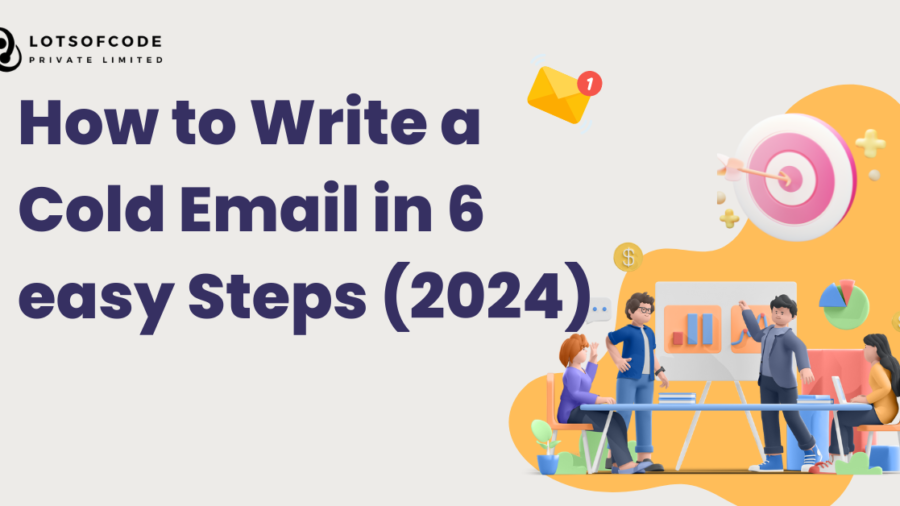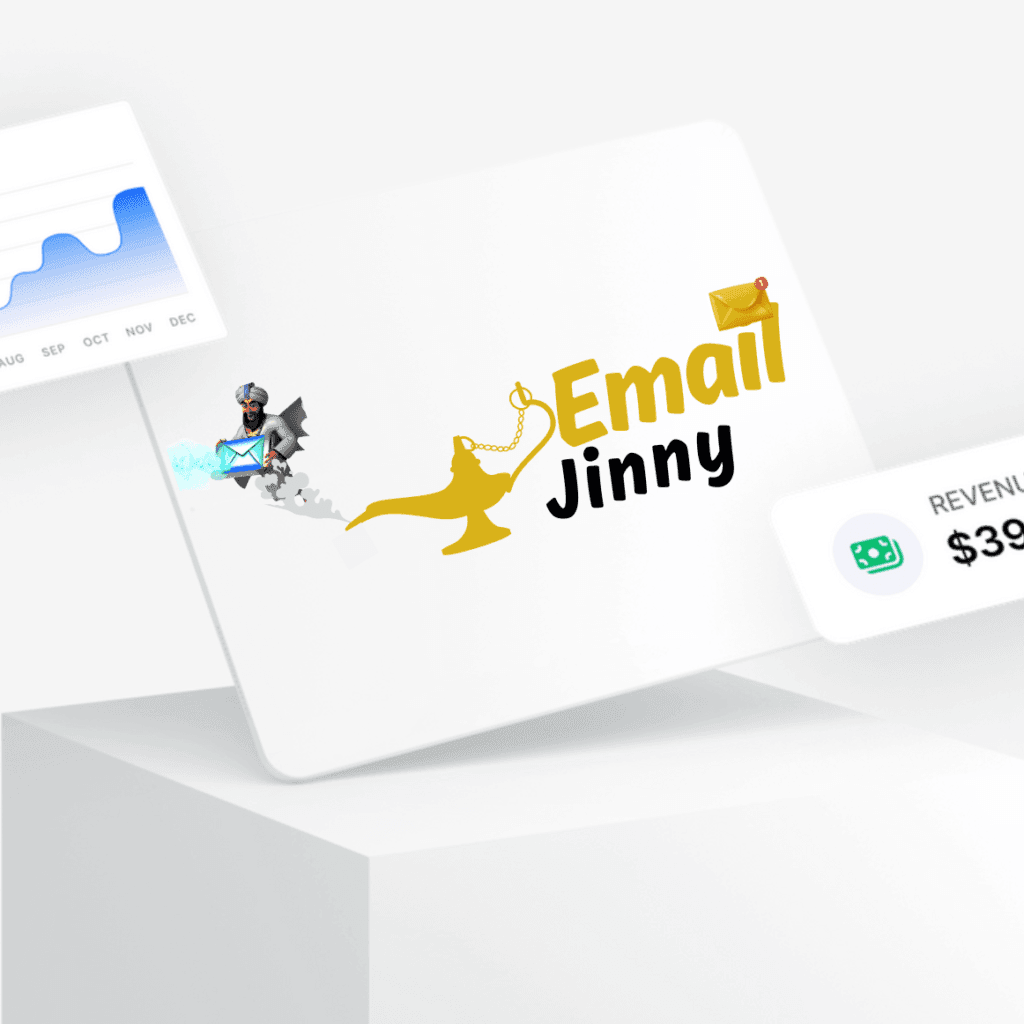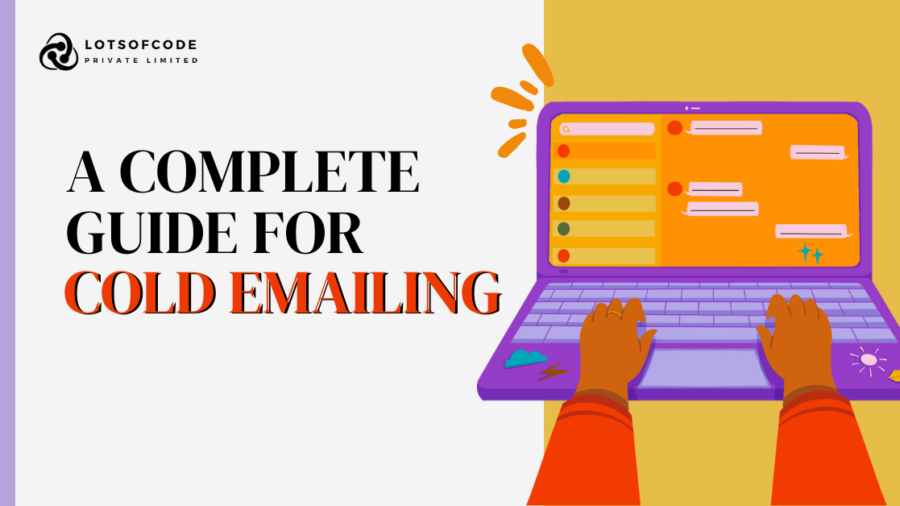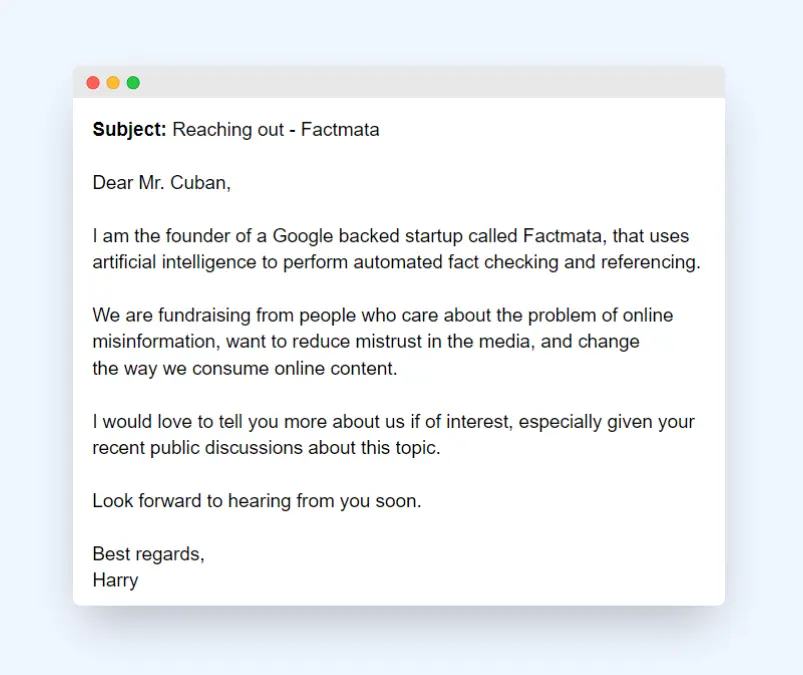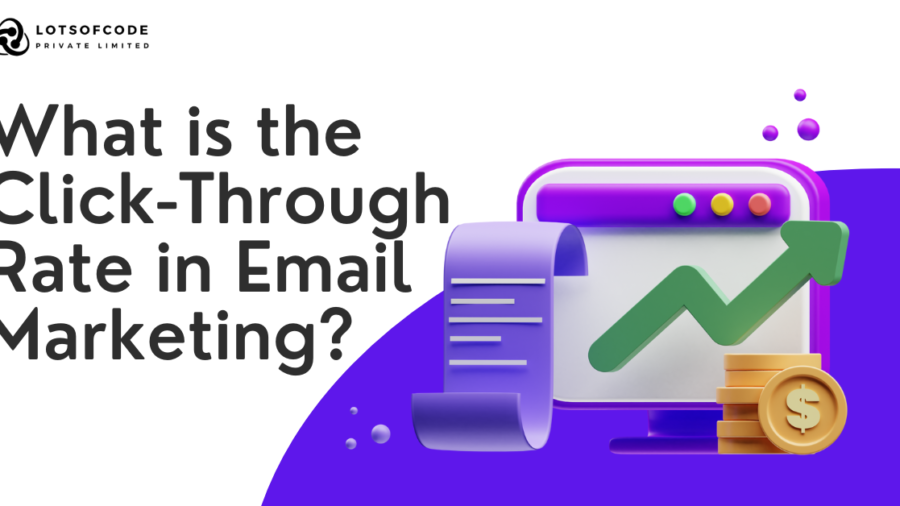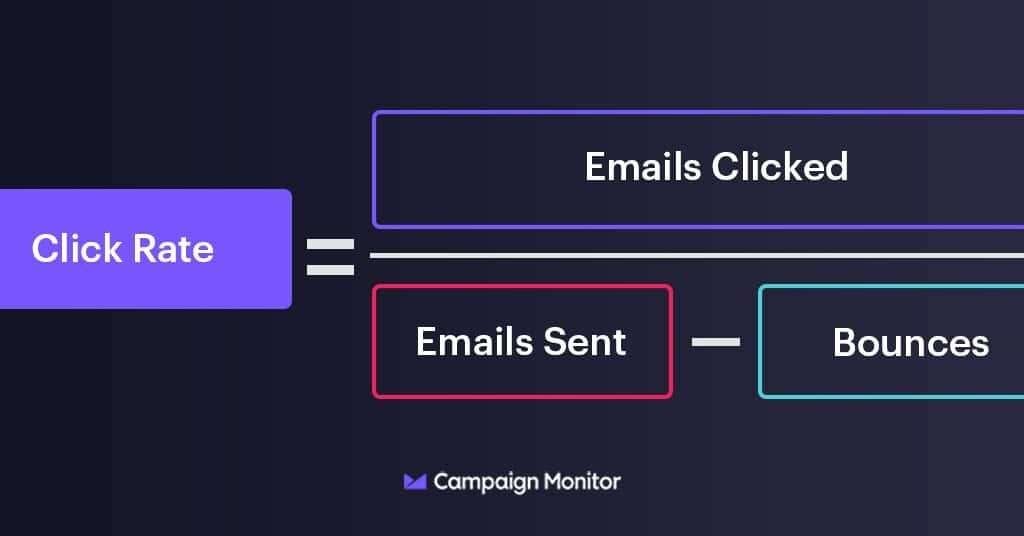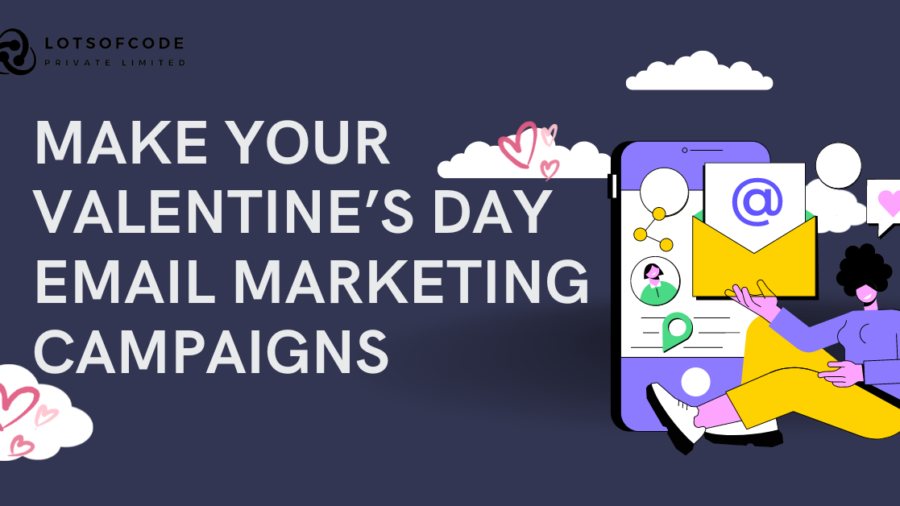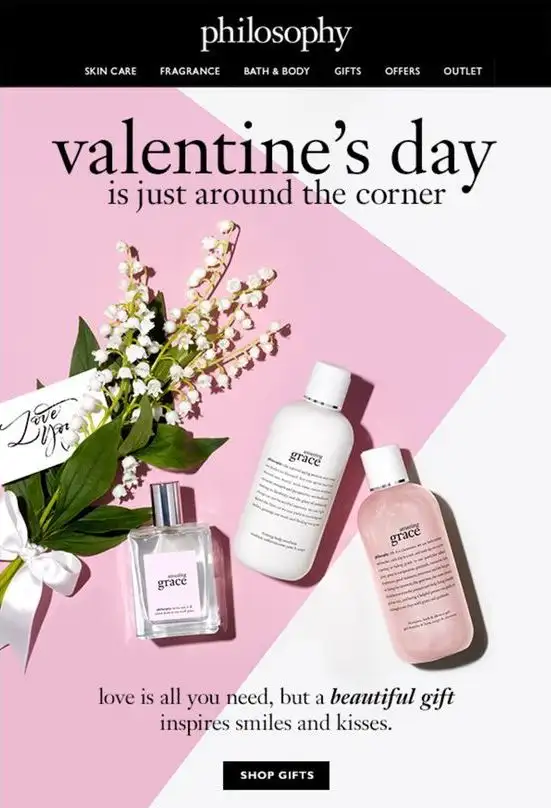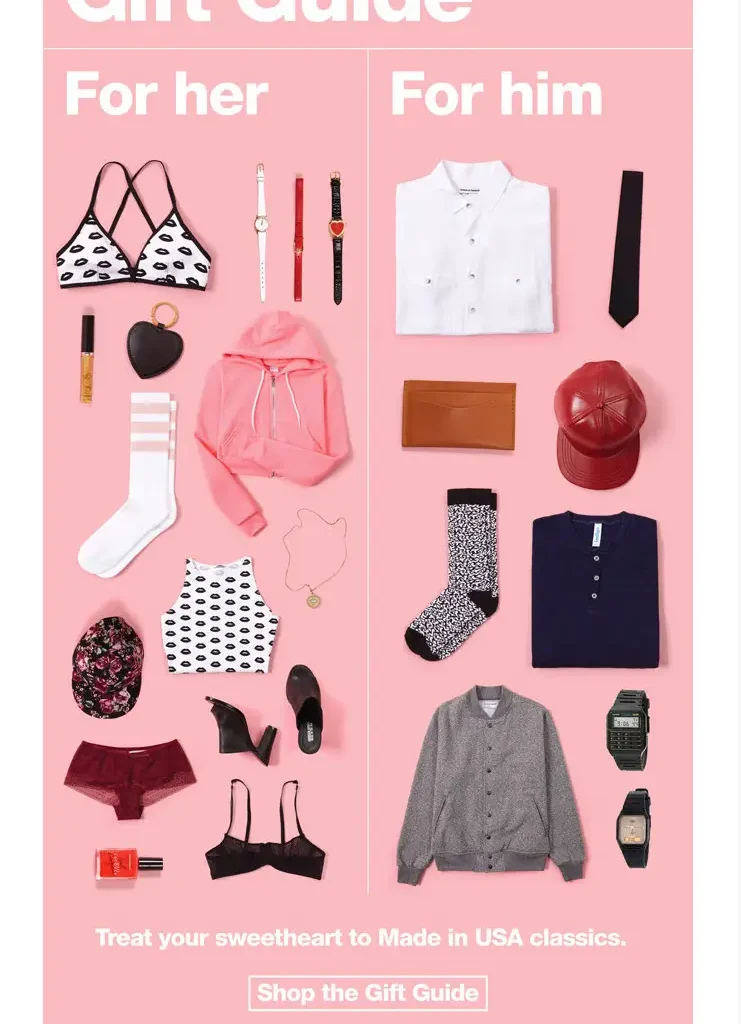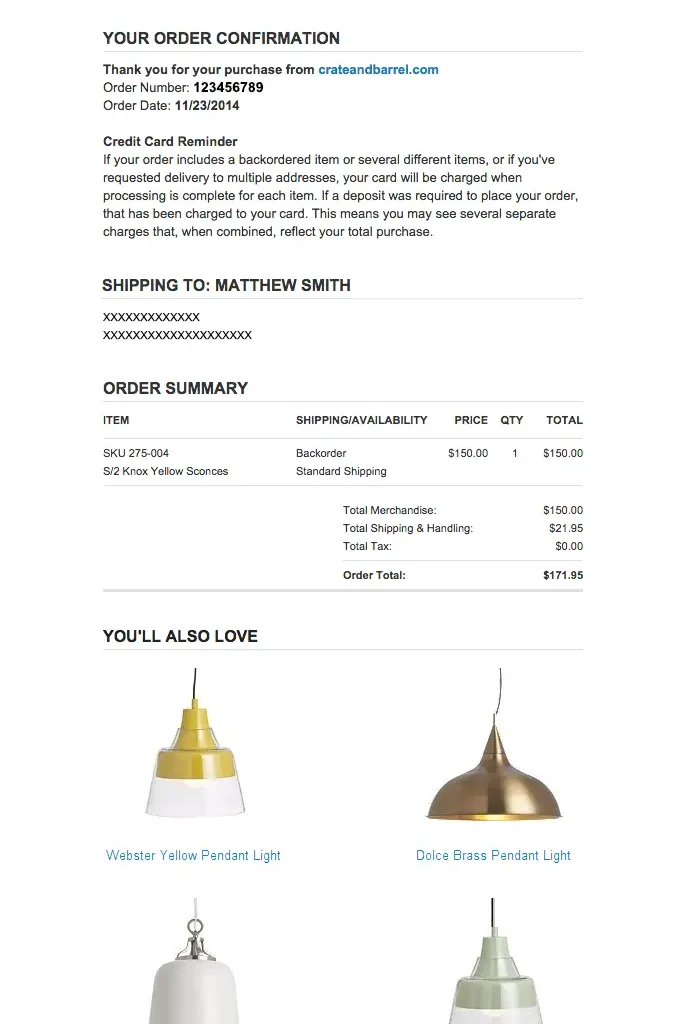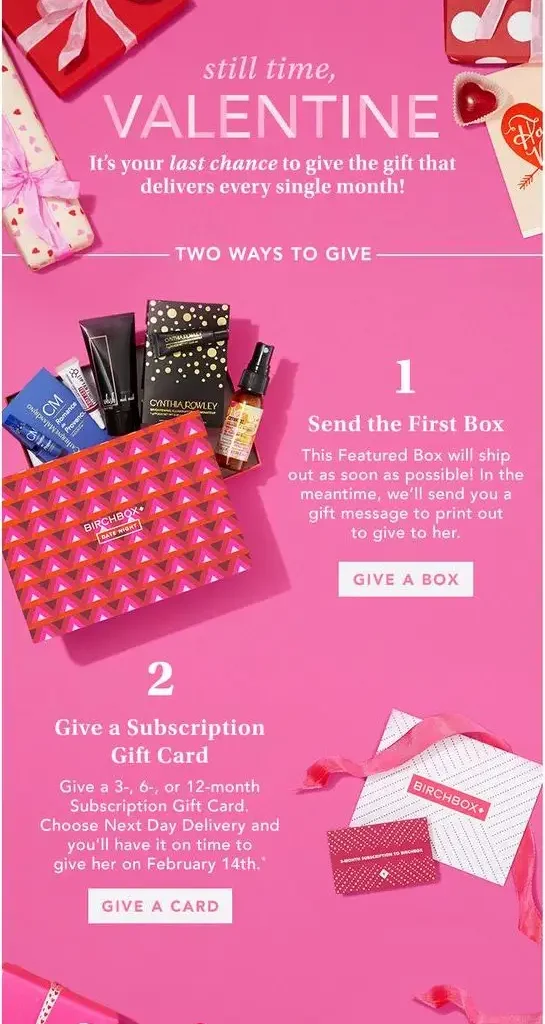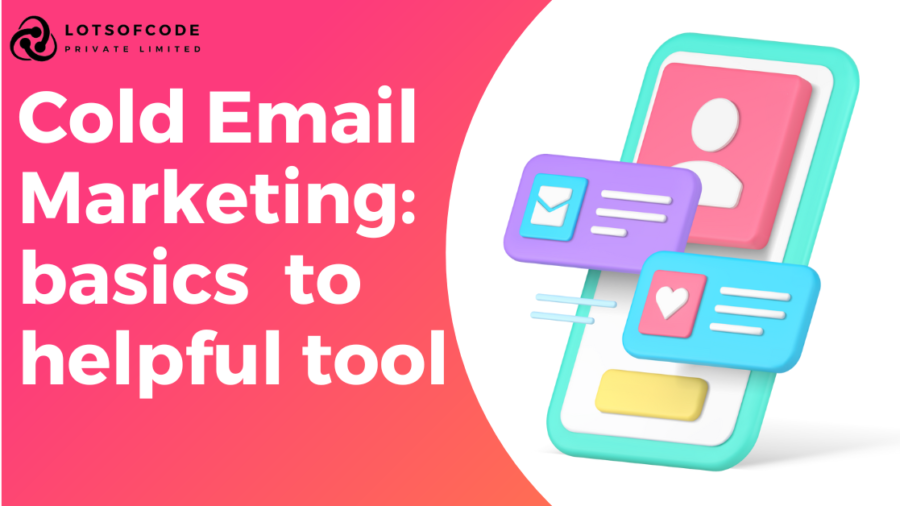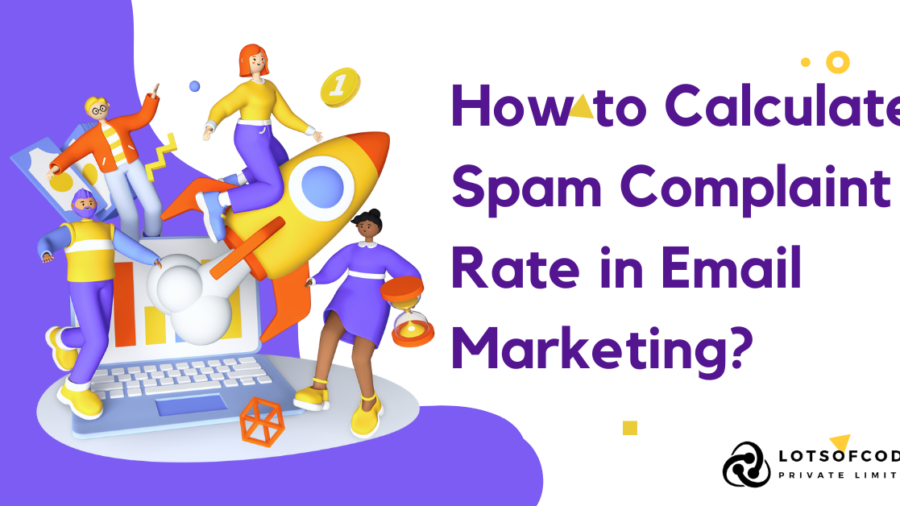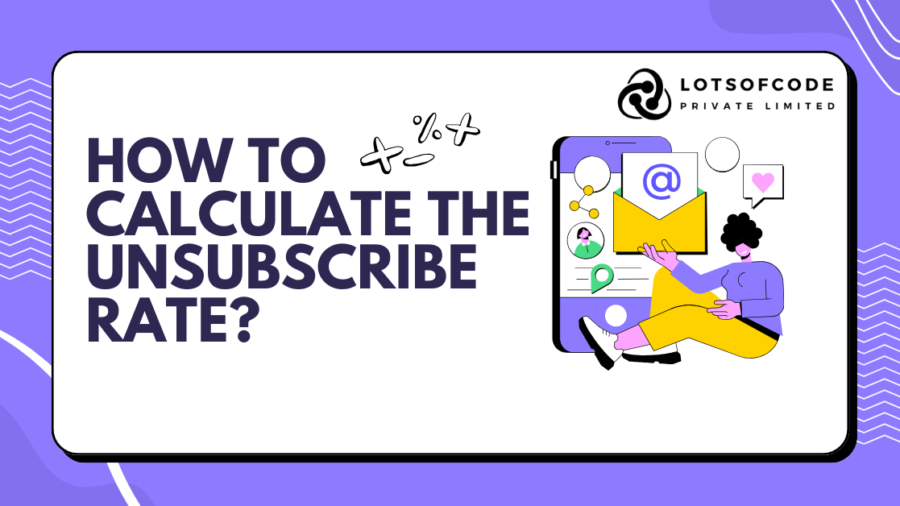To elicit responses, a cold email must be concise yet impactful and captivating. Therefore, each element of this brief message must offer value and serve a pivotal communication purpose.
At Email Jinny, we’ve gained insight into what factors influence a message’s response rate. Leveraging this knowledge, we’ve compiled six crucial steps for crafting effective cold sales emails.
To start, let’s delve into what a cold email entails in today’s context and how the approach to writing such emails has evolved over time.
What is a cold email?
Cold emails serve as a means to initiate and nurture business relationships.
To better grasp their purpose, let’s consider how business relationships typically develop offline. Often, it all begins with a conversation…
Imagine a salesperson attending an industry conference or trade show to meet potential customers. During the event, they seek opportunities to engage in dialogue. However, their objective isn’t to immediately promote their offerings or boast about their company. Instead, they aim to break the ice and establish a connection. Their focus is on understanding their prospect’s business better and fostering rapport.
Similarly, in outbound sales efforts, cold emails function as a tool to kickstart conversations in the digital sphere. This approach allows you to engage with individuals who may be unfamiliar with or have limited knowledge about your company, hence why they’re termed “cold” leads—it’s their first encounter with your business.
The objective of a cold email isn’t to secure an instant conversion but rather to gradually cultivate the relationship from being strangers to becoming potential business partners. In essence, the aim is to gradually warm up these leads over time.
What are the changes in Cold Emailing methods?
Cold emailing has undergone significant changes since its inception in sales. Initially, the primary objective was to pitch the offer, often involving sending a single, generic message to a large group of prospects without any personalization or segmentation.
In the early days, when email business interactions were still uncommon, this mass-sales-oriented approach proved effective for lead generation. However, as inboxes became inundated with copy-paste messages, this method lost its effectiveness. Recipients became wary of the salesy tone and impersonal nature of cold emails.
The approach to cold emailing has since evolved dramatically. Aggressive sales pitches are now ineffective, and one-size-fits-all emails no longer resonate with recipients.
Today, the focus is on building relationships with prospects. Cold email content should be centered on the recipient rather than the product or service being offered. It’s essential to empathize with the recipient’s business challenges from the outset. Instead of immediately pushing for a deal, allow prospects to share their pain points in their daily work. Then, demonstrate how your solution can enhance or streamline their processes.
Personalization is crucial in capturing prospects’ interest. Effective prospecting is integral to the success of a cold email campaign.
Moreover, personalization can extend to tailoring follow-up messages based on the prospect’s specific responses and defining trigger actions that prompt these follow-ups.
The more you understand about your prospects, the better equipped you’ll be to craft tailored messages that resonate with each segment.
How to write a Cold Email?
Lorem ipsum dolor sit amet, consectetur adipiscing elit. Ut elit tellus, luctus nec ullamcorper mattis, pulvinar dapibus leo.
Step 1: Edit the “from” line
You might find it surprising that adjusting the “from” line is highlighted as a distinct step here. Typically, we establish it for a new email address and then don’t give it much thought.
However, the “from” line is just as integral to a cold email as the body. It serves as the sender’s identity, forming the recipients’ initial impression. Their decision to open and read the message or discard it often hinges on this detail.
Keep in mind that your prospects are unfamiliar with you at this stage.
As senders of cold emails, we’re essentially strangers to our recipients. It’s natural for them to approach our emails with some level of suspicion. Their initial attention often gravitates towards the “from” line, where we have the opportunity to either instill trust or evoke hesitation. The impression conveyed by the “from” line can significantly impact whether they opt to open our email or discard it immediately.
Given this, it’s wise to carefully consider the content of your “from” line before launching a new cold email campaign.
The “from” line can be customized in various ways, and we have the flexibility to adjust it as needed. We can experiment with different formats for the “from” line with each new campaign, selecting from various possibilities.
What are potential concerns associated with your "from" line?
There are at least five possible formats for the “from” line:
A. First name (e.g., Cathy)
B. First name + Last name (e.g., Cathy Patalas)
C. First name + Last name, Title (e.g., Cathy Patalas, Head of Marketing)
D. First name + Company name (e.g., Cathy at Woodpecker. co)
E. First name + Last name + Company name (e.g., Cathy Patalas at Woodpecker.co)
Selecting the right “from” line for your cold outreach campaign depends on various factors, including the context of your message, your target audience, and the goal you aim to achieve with your email, whether it’s marketing cooperation, influencer outreach, or a potential sales deal.
When editing your “from” line, it’s important to follow a few guidelines:
1. Be consistent: Ensure that the tone and style of your “from” line align with the rest of your email content.
2. Consider your prospect’s perspective: Put yourself in your recipient’s shoes and think about what type of “from” line would resonate with them based on their communication style.
3. Find your unique approach: Tailor the “from” line to meet your prospect’s expectations rather than blindly following generic advice.
4. Focus on the key contact: Highlight the individual your prospects would be most interested in conversing with to increase the likelihood of engagement.
These are just a few guidelines to consider. If you still encounter difficulties, refer to our dedicated blog post on crafting effective “from” lines for more insight and clarity.
Step 2: Write an appealing subject line
The subject line of a cold email serves as the gateway to our message, shaping the initial impression formed by our prospects. It’s crucial to craft a compelling subject line to capture their attention effectively.
A poorly constructed subject line may predispose the recipient against us and our email, potentially leading them to disregard or even mark it as spam, which can impact email deliverability.
To avoid such pitfalls, it’s essential to adhere to these guidelines:
1. Consider the prospect’s perspective: Craft a subject line that promises a benefit to the recipient. Focus on addressing their needs or arousing their curiosity, rather than promoting yourself.
2. Personalize it: Demonstrate to the recipient that your email is not a generic mass message. Assure them that you’ve tailored your outreach specifically to them, avoiding the impression of being a spammer.
3. Intrigue them: Engage the recipient’s interest by sparking curiosity or addressing a problem they may be facing. Utilize subtle flattery or thought-provoking questions to capture their attention.
4. Sound human: Maintain a conversational, friendly tone in your subject line. Avoid overly formal or sales-oriented language. Imagine you’re addressing a colleague or acquaintance to achieve a more natural tone.
5. Ensure alignment with the email content: Ensure that your subject line corresponds with the content of your email. Avoid clickbait tactics, as they can frustrate recipients and diminish the effectiveness of your outreach efforts.
For further insights on composing effective subject lines, refer to our comprehensive guide: “What Subject Line Will Make My Addressees Open My Cold Email?”
What are some effective cold email subject line examples?
Here are some top-performing cold email subject lines we’ve identified at Woodpecker:
– {{FIRST_NAME}}, Discover a More Efficient Way to Do X
– Enhance Your X with My Innovative Idea
– Considering a Switch for X?
– Ready to Scale Up X at {{COMPANY}}?
We’ve observed an intriguing pattern among these subject lines: they tend to tap into three core “need” categories. They address a prospect’s need for improvement, need for change, or need for innovation. By touching on these fundamental concerns and incorporating personalization, these subject lines have proven to be exceptionally effective.
Step 3: Come up with a brilliant cold email introduction
Once you’ve successfully enticed your recipient to open your message with compelling “from” and subject lines, you’ve cleared a significant hurdle. Now, you have a mere three seconds to capture their attention and encourage them to continue reading beyond the first couple of lines. This underscores the importance of crafting an engaging introduction.
Starting a cold email can be challenging. Often, we default to discussing ourselves and our company. This may stem from uncertainty about how to begin or a strong desire to clinch a sale with our initial email. However, it’s essential to recognize that this approach is not likely to yield success.
So, how should you kick off a Cold Email?
A cold email introduction should be concise, consisting of no more than 2-3 sentences. Its focus shouldn’t be on introducing yourself or your company to the prospect. Instead, it should highlight the recipient, their expertise, accomplishments, work, and their company.
Focus on maintaining a professional tone and center the content around the business rationale for reaching out.
In those initial sentences of your cold email introduction, consider incorporating inquiries about their challenges. Even better, highlight the issues you’ve observed that you’re equipped to address.
Most importantly, view the introduction as a chance to demonstrate to your prospects that they received your message because you intentionally chose to contact them. Show that you’ve conducted research and that your outreach is not arbitrary.
Therefore, it’s essential to invest time in researching the company before drafting your cold email.
Step 4: Add Value to Your Pitch
Now, it’s time to outline your request to the message recipient – your pitch.
But what makes for an effective cold email pitch?
While it may seem convenient to have a ready-made formula ready to go whenever we discuss our product or service, simply listing features and benefits isn’t the most effective approach in a cold email.
Avoid salesy pitches
In a B2B sales email, it’s crucial to approach our pitch with subtlety. Our aim isn’t merely to secure another sale, but to initiate a distinctive business relationship with a potential buyer. This necessitates a personal touch.
Always prioritize your prospects in your pitch. Offer them as much value as possible. Identify any challenges they may encounter that you can assist them with. Utilize storytelling to illustrate how you could alleviate these challenges for them. Demonstrate that you’re here not only to assist but also to learn from them.
Focus on benefits, not features
Avoid relying solely on lists of product features or emphasizing the monetary value you offer. Instead, focus on highlighting the benefits your prospect stands to gain. Be specific, as vague benefits can dilute your message.
While it may initially be challenging, putting yourself in the customer’s shoes can help you understand their perspective. Here’s some guidance on how to shift your perspective with examples: “Features vs. Benefits – How to Present Your Product in a Cold Email?“
Your pitch should seamlessly flow from the previous part of your email, appearing as a natural continuation of an ordinary conversation. Avoid making it forced or overly sales-oriented.
Step 5: End your cold email with a call-to-action
You’re on the verge of completing your cold email. Now, you just need to craft a compelling call to action (CTA) that convinces your prospects to take the desired action. Whether it’s scheduling a Skype conversation, providing feedback, or simply replying to you, ensure it’s something you’re prepared to handle and that aligns with your ultimate goal.
To ensure your recipients are motivated to act, consider the following for your CTA:
1. Clearly express the purpose of your email – the CTA should succinctly convey the objective of your email in a single sentence, making it clear to the recipient what action you want them to take.
2. Keep it short and direct – your CTA should be concise and to the point, avoiding unnecessary complexity.
3. Ask for something your prospect can do immediately.
4. Don’t ask for too much – a request for a simple action or prompt response may yield better results than a lengthy meeting invitation. Start with a small request, and if necessary, progress to larger asks in subsequent interactions.
Step 6: Polish your cold email signature
Lastly, let’s not forget about the often overlooked signature. The signature serves as a crucial component of your message and should not be disregarded. It informs your recipient about who you are and where they can find more information about you and/or your company.
A well-crafted signature can help streamline the email body, making the message more concise and recipient-focused.
You can easily create such a signature using our email signature generator, free of charge. All of our templates are designed to maintain deliverability, ensuring that no messy HTML is included that might cause your emails to be flagged as spam.
Here are a few tips to consider when creating your email signature:
– Aim for trustworthiness: Ensure your signature provides enough information and hints on where to find you, as too little information may decrease your chances of receiving a response.
– Include only necessary information: Cut out any unnecessary details that only take up space without adding much value. Assess the usefulness of each piece of information in your signature and eliminate any that are irrelevant to your email campaign.
– If using HTML, keep it clean: Messy HTML signatures can lead to deliverability issues. Since your message is brief, an overly complex signature can disrupt the text-to-HTML ratio. If you lack the expertise to clean up your signature HTML, it’s safer to opt for a simple text signature. Alternatively, you can utilize our signature generator, as we ensure the code remains clean and efficient.
How long should a cold email be?
Your email should be concise, consisting of 2-5 sentences totaling no more than 200 words. Research indicates that the optimal length is between 50-125 words.
This brevity is sufficient to pique someone’s interest and initiate a conversation.
Long emails from strangers are rarely read, yet many still send extensive pitches detailing their company and offerings.
Respect your prospects’ time by keeping your message brief.
How to follow up on a cold email
Even if your cold email is impeccably crafted, it might not be sufficient to capture your prospects’ attention. They might overlook your email, neglect to respond, or simply lack interest in scheduling a call. This is entirely normal, so don’t fret. That’s precisely why follow-up emails are essential.
Including at least one follow-up email in your cold email strategy is imperative, but sending two or three may be optimal. However, avoid framing follow-ups as mere reminders of your awaiting response.
How to send your first cold email campaign
When utilizing automated cold email campaigns, you require a user-friendly and intuitive tool, such as Email Jinny.
To begin, you’ll need:
– A concise prospect list
– A pre-warmed email address
– A FREE Forever account with Email Jinny Cold Email.
FAQs
What shifts have occurred in cold emailing recently?
Recipients of cold emails have grown accustomed to generic and sales-driven messages. The method of sending cold emails has evolved substantially from the early days of electronic communication, where identical messages were mass-sent to large contact lists without personalization or segmentation. Initially, this approach was commonplace. However, with the significant increase in the volume of daily cold emails, recipients have become more sensitive to generic messages. As a result, unpersonalized, one-size-fits-all emails are no longer effective.
What to include in cold email?
A successful cold email comprises several key components. Before sending your message, ensure you edit the “from” line as it serves as an initial introduction, especially since we’re not acquainted. Next, craft an engaging subject line that sparks the recipient’s curiosity and encourages them to open the email—think of it as the key to unlocking your message. Once opened, seize the recipient’s attention with an introduction that demonstrates thorough research and offers value. Address the recipient’s challenges and emphasize how you can provide solutions—it’s about them, not you. Conclude your email with a clear call-to-action (CTA) outlining what you’d like them to do. Additionally, include a professional email signature, which consolidates essential contact information and saves space within your email.
How to send first cold email campaign?
To make your cold emailing effective, use a simple and intuitive tool like Email Jinny. First, create a small prospect list, a warm-up email address, and a free account for Email Jinny Cold Email. Then create a new campaign, add a send limit, write your email, and set the send time. Don’t forget to include follow-ups, as they can improve your response rate by up to 40%. Add your prospect list and send a test campaign to make sure everything works before you click “RUN” to start.
What should I include in my email signature for cold emails?
Your email signature ought to feature your complete name, job title, company name, and contact details. You may also consider adding a hyperlink to your LinkedIn profile or company website if desired. It’s crucial to configure your email account settings properly to ensure your signature maintains a professional and consistent appearance in every email you send.
How should I approach the email format in cold emails?
Keep your email format straightforward and easy for the reader to navigate. While using a cold email template as a reference, remember to personalize it to suit your recipient. Utilize short paragraphs and bullet points to emphasize important details. Additionally, ensure that your email signature is professional and contains all relevant contact information.

